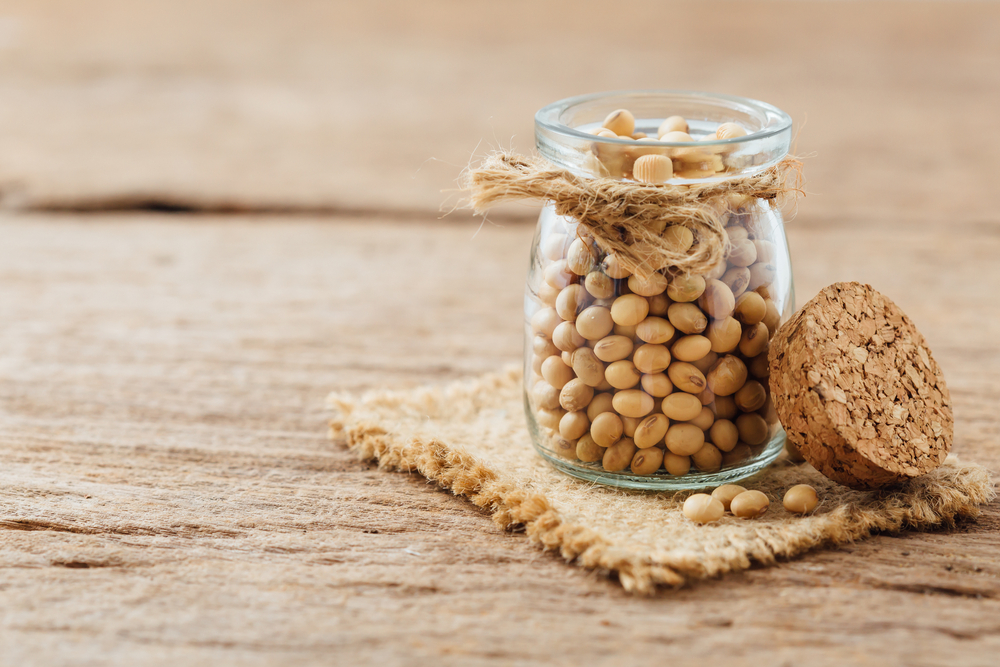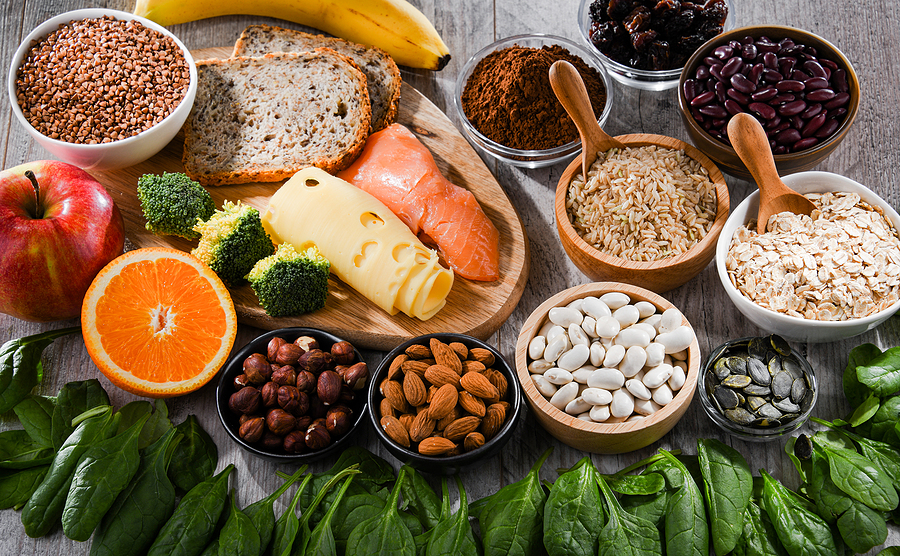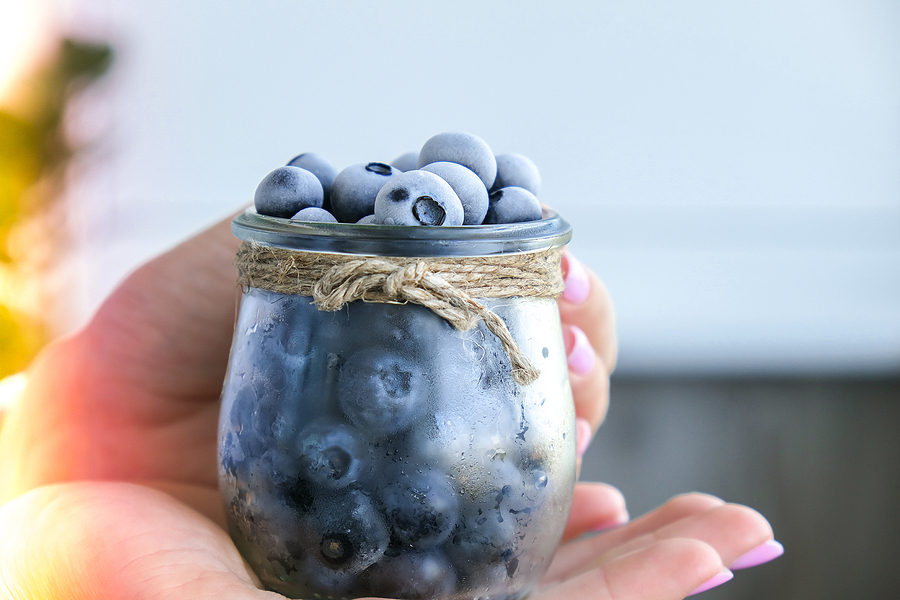Soy: what are the healthy benefits?
It seems as though there are new soy foods added to the market every day. It’s hard to know which ones we should be adding to our diet and if we should be adding them. The choices can be confusing! What adds to the confusion even more is that soy is often being hidden in foods which are not quite so healthy for us, like doughnuts!
Sometimes it may seem like an impossible task to keep up with recommendations made by experts telling us what constitutes a “healthy” diet. Should we include soy in our diet, or should it be avoided?
There seems to be some misunderstanding surrounding this little bean. This article may help to clarify some of the controversy.
People are also searching for options to HRT (hormone replacement therapy) and are wondering if soy could provide the answer for them. Even though soy may not benefit every woman in this way, we have discovered that it does have some positive effects when used during perimenopause and menopause. To read further on the use of soy for menopausal symptoms, see the menopause portion of the Women to Women website.
For those of you who want to know more about the practical benefits of soy, let’s begin with a little history of the soybean. Later, we’ll explore scientific findings, discuss current uses, and talk about how Women to Women is using soy foods and supplements in the medical arena.
The soybean: a brief history
The soybean itself is native to eastern Asia, where it has been grown since ancient times. It was first cultivated in the United States in the 1800s and it was used as a substitute for coffee during the Civil War. No one cared much for it until the late 1800s when it started being grown as a plant to feed livestock.
George Washington Carver, the famous American botanist, developed many uses for soybeans in the late 1800s and they quickly became a major crop in the South and Midwest. New uses and applications became apparent in the early 1900s.
Henry Ford spent millions of dollars on research and on the development of the manufacturing uses for soy. He served an entire soybean meal to the press corps at the 1934 World’s Fair. We don’t know if it was well-received or not!
Today, many plastics are made from soy. It is in everything from paints and inks, to candles and soaps. Soy is everywhere! But what is it?
Soy begins as three little beans in a shell. Several variations can be noticed in the size and color of the flower and of the pod, but the soy plant is strong and hardy. It is able to flourish in temperate weather from the Midwest to the South. The soybean is so versatile, that after harvest it can be eaten or used in its raw form or it can be processed in any variety of ways. For these very reasons we now find that is is used in many different things.
Soy as a food source
Soy is found in just about every venue, from traditional grocery stores to farmer’s markets. It is available in traditional as well as nontraditional forms. It’s difficult to know where the best and healthiest sources of soy can be found.. Soy’s nutritional value is high. It is a plant source of eight of the essential amino acids, making it the only complete non-animal protein. Whole soy foods are also an excellent source of fiber, B vitamins, calcium, and omega-3 fatty acids. Soy researcher Mark Messina states that around 30% of women between the ages of 20 and 69, and 40% of women over the age of 70 are not getting the recommended dietary allowance of protein. Soy foods provide high-quality protein and are low in saturated fat. Messina also notes that in the 1900’s, American’s diets were made up of approximately 70% plant proteins and 30% animal protein. Today, the ratio is around 50:50. Since soybeans are 38% protein, they make an excellent natural dietary choice for women who want to increase quality protein in their diet especially plant proteins.
Soy is the protein vegetarians choose to include in their diet most often. Vegetarian cookbooks contain scores of soy recipes and many soy –based diets are gaining in popularity as a way to improve health and promote longevity.
Soy isoflavones — whole beans are best
Isoflavones are one portion of a group of chemical compounds, called phytochemicals. These compounds are found in all plants and legumes, including beans, green leafy vegetables, yellow and orange vegetables and whole grains. A diet rich in a variety of phyto- (Greek for plant) chemicals is the foundation of a healthy and balanced diet.
In order to get the most benefit from soy, look for labels that read “Non-GMO.” It is a possibility that the chemicals/pesticides used on many soy plants or in the fields may be stored up in our bodies and cause problems. We are also seeing that genetically modified products may not be as innocuous as once thought. This concern is not unique to soy, Soy is a cash crop in the United States, and some varieties have been genetically modified to increase yields. Scientific data offers conflicting reports on the long-term effects of eating genetically-modified foods. Organic foods have not been genetically modified, and most people believe organic foods to be much safer for consumption than any foods that have been modified.
Even though isoflavones are thought to be controversial by some, we feel that the health benefits of these compounds outweigh any risk they pose, unless you suffer from thyroid disorder. This is further explained and more detail offered in our articles related to soy for menopausal, as well as in the update on the soy controversy.
Soy: how much am I already getting, how much should I add?
Attempting to calculate serving sizes, grams of proteins, and milligrams of isoflavones may become overwhelming. It can be fairly easy however if you remember a simple formula: in order to obtain the cardiac benefits of soy, you need two to four servings daily to get the recommended 25 grams of protein. One serving (see chart) is equal to one cup of soymilk, one half-cup of tofu or one-quarter cup of soy nuts.
While some people are busy wondering if they should add soy to their diets, other people are curious about how much is already hiding in our food. It’s true that in the United States, which is the world’s second-largest grower of soybeans, soy is showing up everywhere. However, in spite of its availability, most of us in the Western world still eat comparatively small portions of soy: only 0.15 to 3.0 mg/day of isoflavones, according to some research.
Soy oil is also being over utilized in various food items such as snack foods, fast food and salad dressings. Unfortunately this is probably not such a good thing. Even though soy oil is polyunsaturated it has more of the kinds of fatty acids that most people get an excess of. This can be a problem as , the excessive intake of these fatty acids favors inflammatory reactions in our cells (find out more about this in the truth about fat and cholesterol and our omega-3 articles).
Despite the many delectable soy foods sources available (over 1,600 soy food items are accessible in the United States alone), it may not be easy to get the 60-80 mg per day of soy isoflavones,(the amount considered necessary to treat for hormonal imbalance), from just your diet. Or you may not especially enjoy the taste or the texture of soy. If this describes your situation, you might want to check out other sources of soy like supplements and functional foods. At Women to Women, we’ve found soy shakes made with whole, non-GMO soybeans to be very useful. Discuss your options with your health care provider and ask for his recommendations. Soy shakes and protein bars taste great and they can be an alternative way to supplement your intake of soy isoflavone. All of this is true only if you do not have a soy intolerance, which we see often in the practice.
The key is always balance
As long as people enjoy eating soy products, the key, is balance. While it is possible that there are those who gain substantial health benefits from soy, there may be others who do not. We should all understand however, that a healthy, varied and balanced diet serves us all best.
The best possible suggestion is always to listen to what your body is telling you. If you tolerate soy products without adverse effects, chances are you are able to metabolize them effectively. If you have a negative reaction to soy, you can try digestive enzymes with a probiotic supplement. You could also try a detox diet. Or you can simply avoid using soy. When you buy soy products, be sure to read the labels. Make sure you get a nutritious, healthy diet, whether or not it includes soy. Balance your diet with an abundance of fresh whole foods, especially fruits and vegetables, a minimal amount of processed foods, and healthy fats (see our Nutritional and Lifestyle Guidelines.Try to avoid thinking of soy as an additive or as a magic potion. Soy is a unique, excellent food and it can be useful as a supplement also. Talk to your medical provider and then make the decision that’s best for you.







